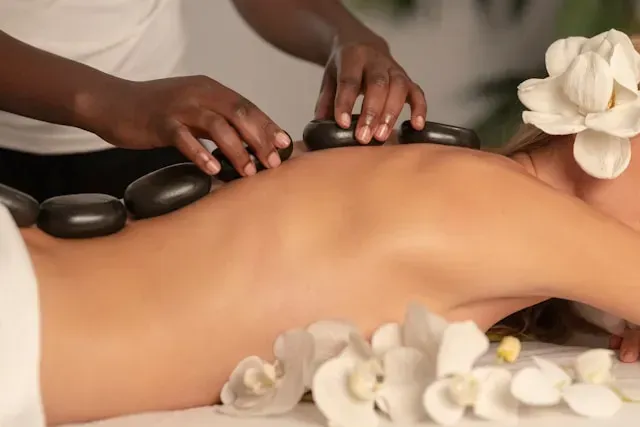
Relaxation Massage Techniques
Learn about effective relaxation massage techniques to help reduce stress, improve sleep, and promote overall well-being with Carepatron's blog here.
Get carepatron free
Commonly asked questions
Relaxation massage techniques include gentle strokes, kneading, circular motions, and light pressure to promote relaxation and reduce muscle tension. These methods help improve blood circulation, relieve stress, and support overall well-being without applying intense pressure.
Swedish massage is considered the most relaxing because it uses gliding strokes, light kneading, and rhythmic motions to create a soothing effect on the body. It encourages deep relaxation, reduces stress, and improves circulation without causing discomfort.
The best massage technique depends on the individual’s needs, muscle tension levels, and relaxation goals. To recommend the most suitable method, a healthcare professional should assess pain points, stress levels, and personal preferences.







